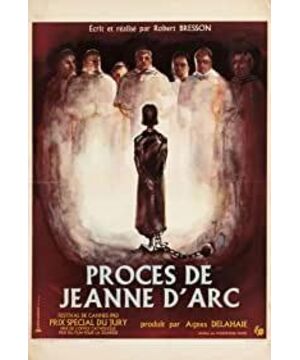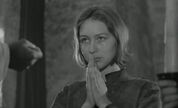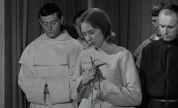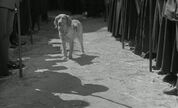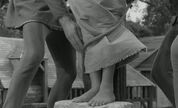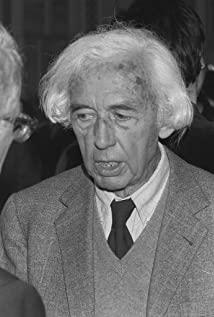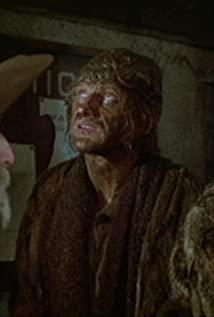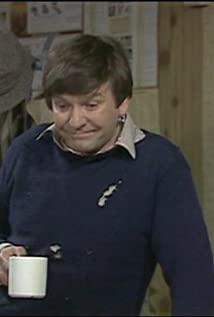View more about The Trial of Joan of Arc reviews
A story about Joan of Arc adapted and directed by Robert Bresson
Leif 2022-02-24 08:02:17
-
America 2022-03-14 14:12:30
Proto-Straubian. One of the best Bressons, with a rare nuanced treatment of different voices. The ambience made by pen/chains/boots is viciously harsh, and Joan of Arc (who happens to have no shoes) ) almost the only way of uttering it is as quoted speech: the fifteenth-century text, the angel's word; the abstract voice purified, it promises, it bestows, presents the message of God. These words urgently appeal to the book Really listen - cut out the Q&A interval to give the "head-to-back" an even higher intensity than in the Westerns (note that Joan of Arc and the Bishop never share the same picture): Raising your eyes is like pulling When the sword is unsheathed, a clip is a confrontation. Sontag believes that the actors in the film are inadvertently infected by the situation and deviate from Bresson's ideal of human model, but this is actually the most moving part - the "reader" can no longer Indifferent in the face of absolutely objective things (history), the text and the weather must imprint it on the face, just as the monks were sweating and weeping at the end, but we can no longer distinguish whether it was caused by fire, smoke, or sadness.
-
Patsy 2022-04-19 09:02:55
7# Joan of Arc under the minimalist lens of Bresson, in terms of narrative, performance and tension of the lens, there is a difference in perception and perception of Dreyer's memory of suffering. But between the lines of the lines, they also convey the struggle between their noble beliefs and the enemy's sinister church power, thus showing a lot of religious thinking. The Holy Tone serves as a clue throughout the film.
The Trial of Joan of Arc quotes
-
Jeanne d'Arc: I place my trust in God and love him with all my heart. He is my judge and king of heaven and earth.
-
Jeanne d'Arc: I've done no wrong. I believe in the articles of faith and the ten commandments. I trust in the synod and pope and wish to believe what the church believes.


